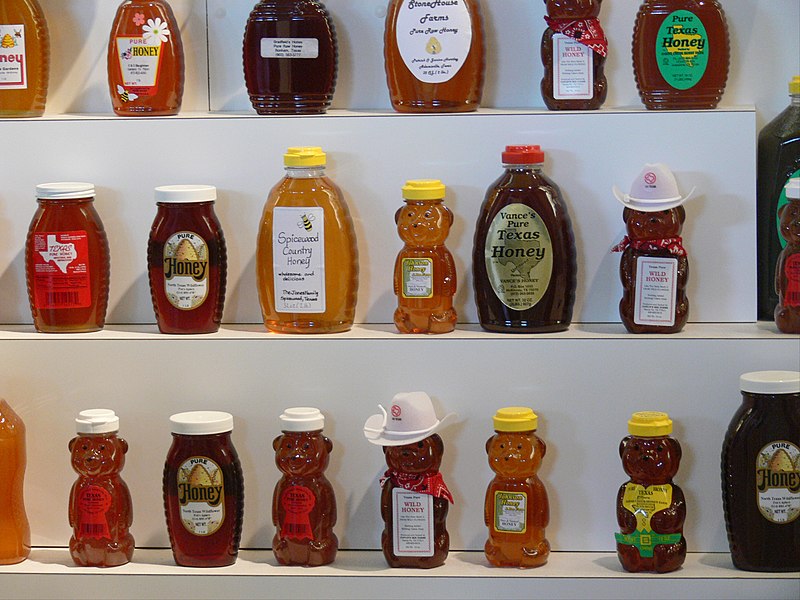Honey becomes pollen-less through ultra-filtration. In this process, honey is heated, diluted, and forced through small filters to remove the pollen. This process is costly, degrades the quality of the honey, and does nothing to improve shelf-life. So why remove the pollen? Without pollen, the source of the honey is untraceable. When you cannot source the honey from it's originating country, then no one is to blame when contaminants such as antibiotics and lead are found. Furthermore, this allows the illegal importation of Chinese honey into US markets. In 2001, a tariff and tax was placed on Chinese honey to protect American bee-keepers from going out of business since Chinese honey was considerably cheaper. This led to producers finding other means of getting honey into the US markets, such as importing through other countries.
While the FDA says that honey without pollen is not actually honey, it doesn't test imported honey for pollen or alterations (such as diluting the honey or using corn syrup to make honey-like syrups to be sold as honey). Ten years ago, contaminated Chinese honey was found coming in from Canada, but even this has not driven the FDA to create national guidelines and testing procedures. Despite cries from the American honey industry and senators such as New York's Charles Schumer, the FDA doesn't plan to do anything more than they're doing now.
Honey is still safe to consume and an excellent addition to tea, but understanding the source of your honey can be challenging to near impossible. If having pollen in your honey is important, then make sure to know the source of your honey by purchasing directly from bee-keepers (check your farmers market or local co-op) or reading bottle labels. Chances are the Pooh Bear shaped honey bottle won't have pollen in it, though it'll probably be cheaper.
 Oh, and can eating local honey help reduce allergies? This study out of the University of Connecticut Health Center tested this idea by taking three groups of allergy suffers and having one consume local honey, the next commercial honey, and the last placebo honey. Those eating the true honey had no noticeable reduction in allergy symptoms compared to the other groups. This makes sense since allergies are caused by wind-borne pollen particles that bees don't collect ... otherwise wind-borne pollen wouldn't need to be blown about by the wind!
Oh, and can eating local honey help reduce allergies? This study out of the University of Connecticut Health Center tested this idea by taking three groups of allergy suffers and having one consume local honey, the next commercial honey, and the last placebo honey. Those eating the true honey had no noticeable reduction in allergy symptoms compared to the other groups. This makes sense since allergies are caused by wind-borne pollen particles that bees don't collect ... otherwise wind-borne pollen wouldn't need to be blown about by the wind!

Very interesting blog. I look forward to reading more posts.
ReplyDelete